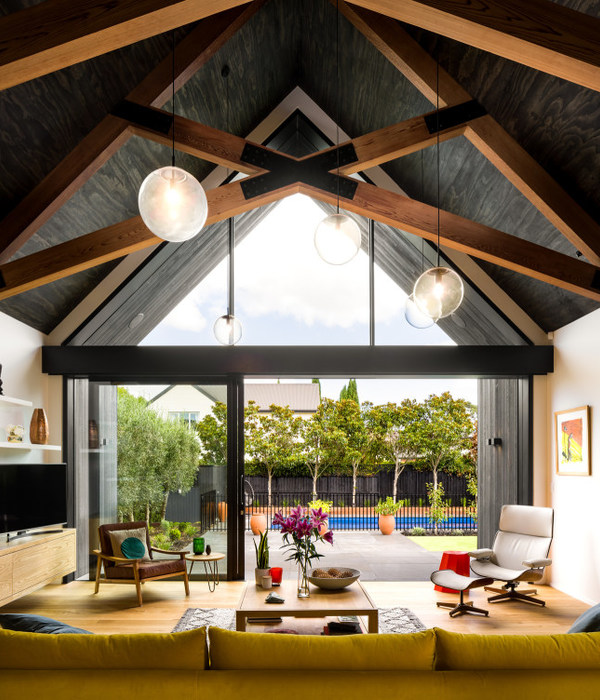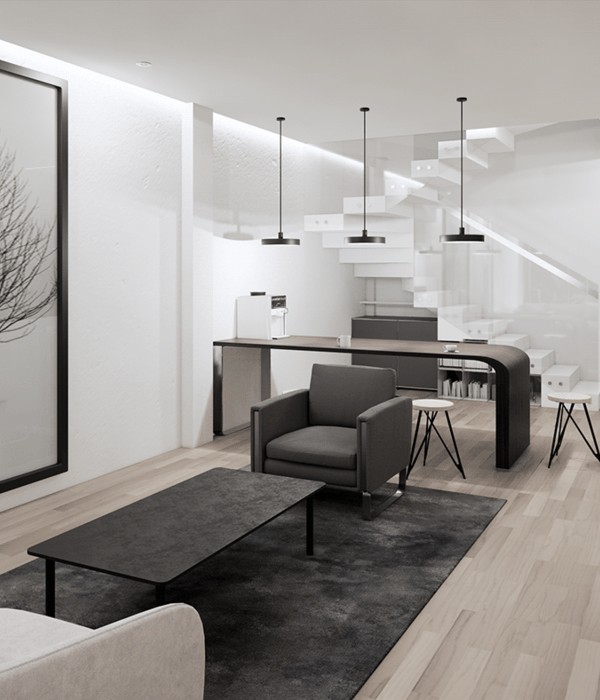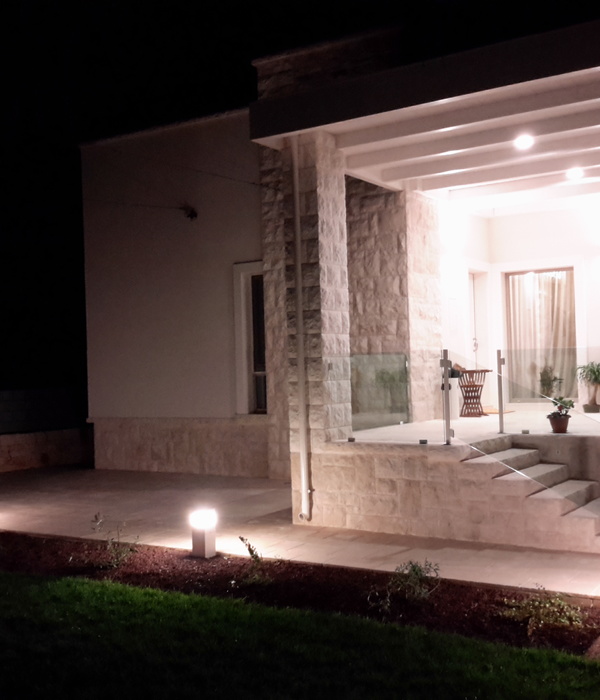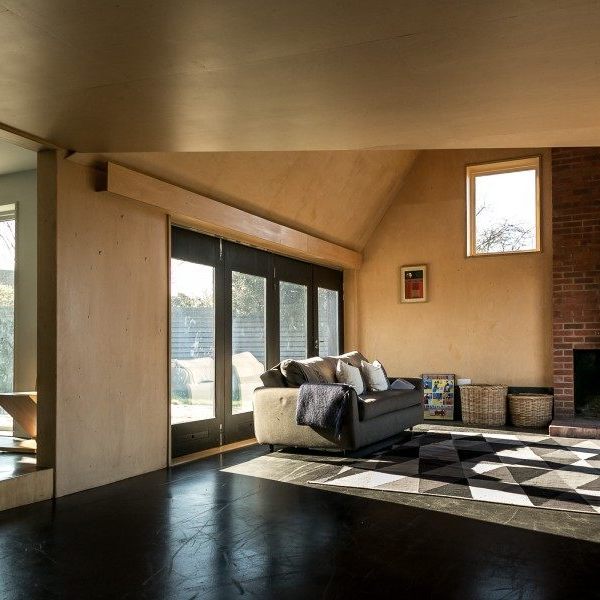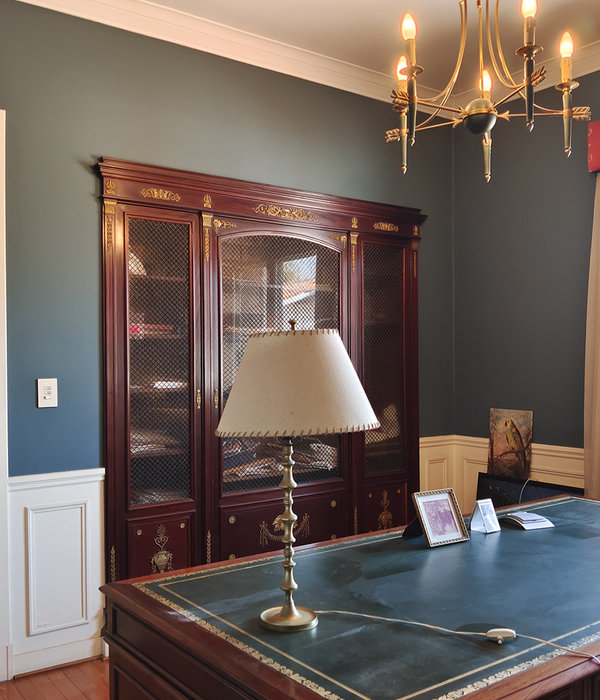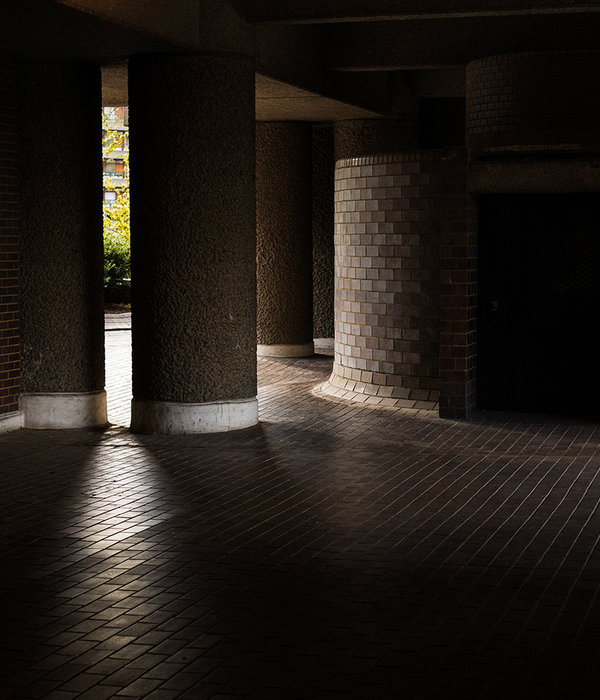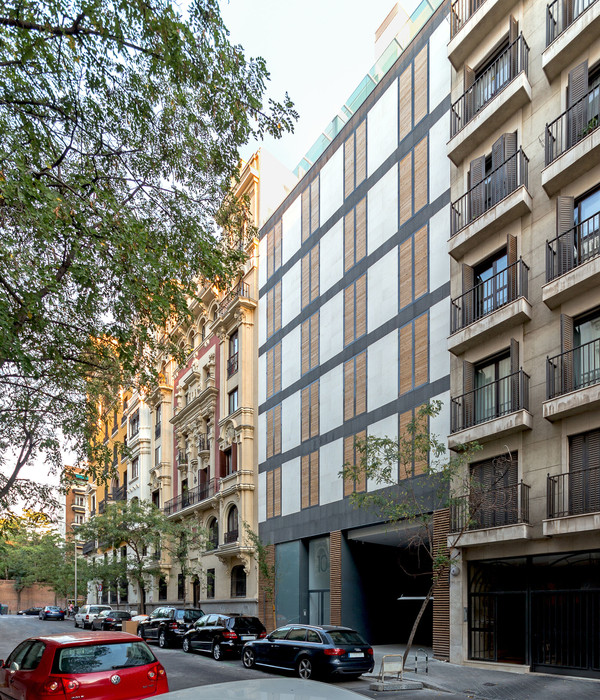Integrated into the local healthcare community and linked to Mount Sinai Hospital in New York, this project is a prototype for an independent, self-sustaining ambulatory surgical facility in Kyabirwa, a rural village near the equator in Uganda. It is conceived as a replicable prototype facility for other resource poor areas, proof that surgery can be provided in inexpensive uncomplicated facilities for the five billion people in the world who lack any form of safe or affordable surgery.
The building is designed with a focus on the simplicity of construction. Materials and systems are minimally invasive, based on available materials and labor. Simple modular building forms made it possible to use local labor to construct the building. All materials and technical system components are available locally and can be maintained in place. Regionally sourced bricks are composed in complex patterns of varying densities, forming screens that let in light and air to solid walls. The bricks and cladding tiles used in the facility were made from red clay dug directly out of the ground near the building site and fired in a local kiln. Brick was utilized in this project because of its availability, its historical presence in the area, and the potential to support the local economy through its use.
The banana plants on the site were the inspiration for the form of the building. The plants gather sun and provide shade for the ground below as the natural function of the solar panels: we thought of solar panels as leaves of banana plants gathering sun and providing shade. The solar array shelters and powers the simple modular brick facility beneath.
The aesthetic goals of the project were to relate to the surrounding architecture while adding contemporary unique visual elements. Red clay cladding tiles with wavy shapes reminiscent of the nearby White Nile were formed in custom, handmade molds. In combination with the shade-providing solar roof, the brick structure tells the story of modern and vernacular technologies working together to improve lives.
This project provides ambulatory surgical procedures for a population that has no access to such care today. Careful analysis of required systems and equipment resulted in the elimination of many redundant complex and costly systems typically found in high tech urban hospitals. This research, and simplified construction, relying on local materials, made it possible to deliver cost-effective health care in underserved areas.
{{item.text_origin}}


